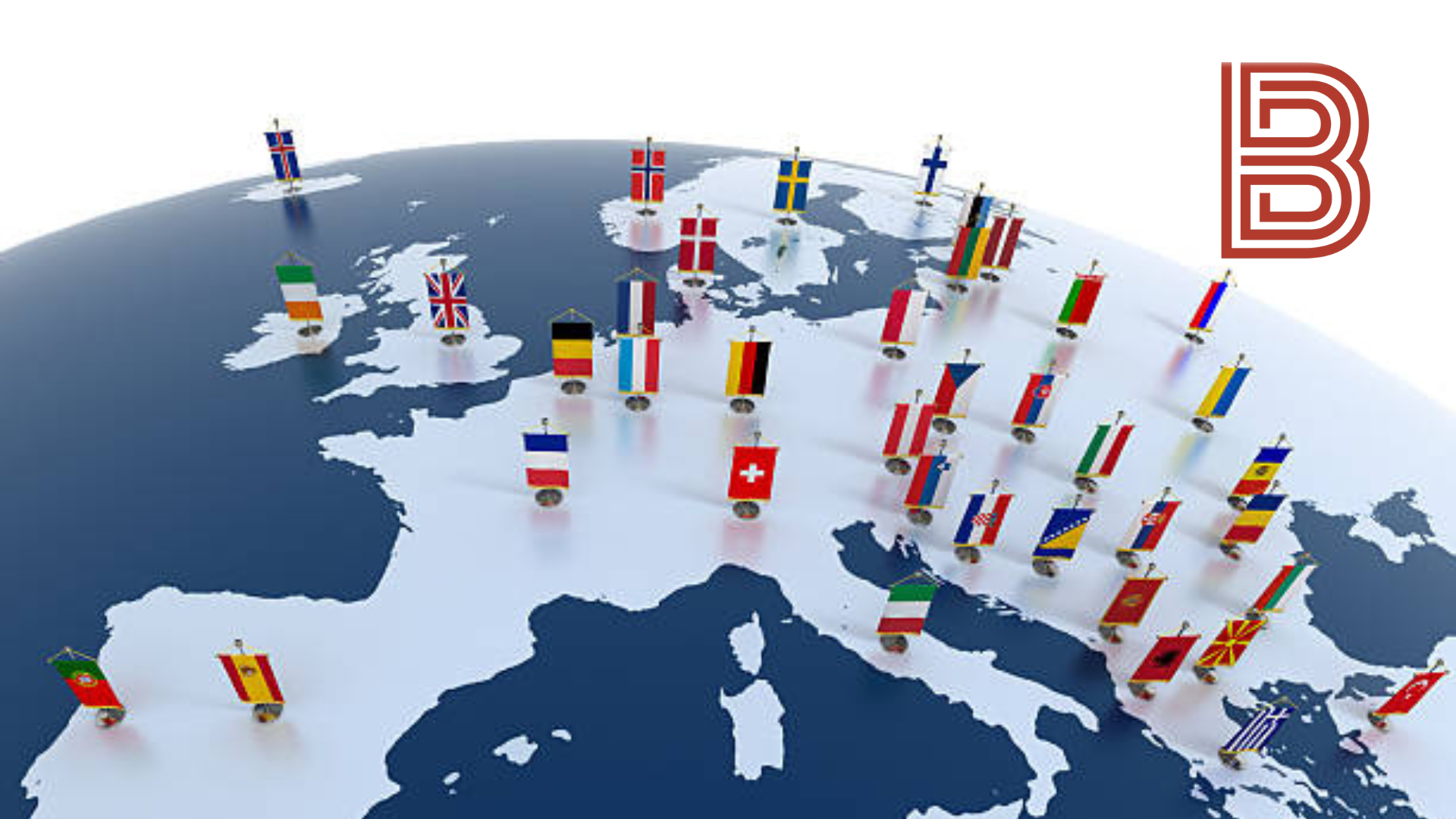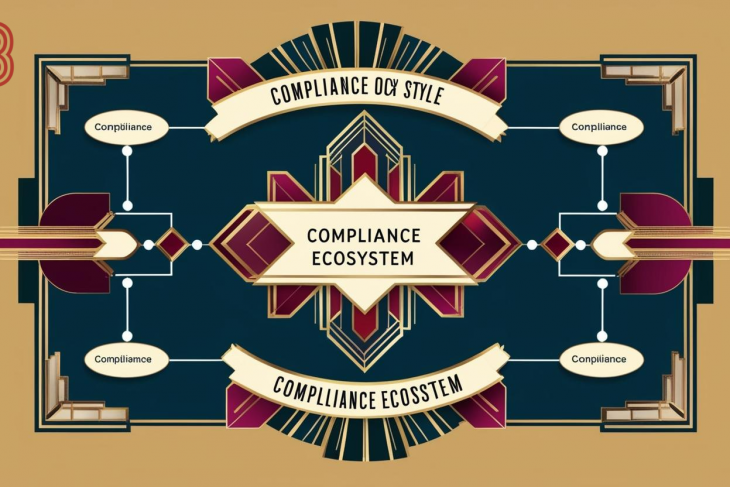
Introduction
The world is experiencing an unprecedented level of political polarization and interconnected crises, often referred to as a policrisis. A policrisis is a situation in which multiple crises—economic, environmental, social, technological, and geopolitical—interact, exacerbating each other and making resolution more difficult. Political polarization, the increasing ideological divide between different segments of society, further complicates the management of these crises, reducing cooperation and increasing tensions both within and between nations.
In this analysis, we will explore the roots and consequences of global political polarization, the impact of policrisis on governance and stability, and strategies for risk management in such a volatile environment. We will examine how governments, international organizations, businesses, and civil societies can navigate these complex challenges while ensuring resilience and sustainability.
1. Understanding Political Polarization
1.1. Definition and Dimensions of Polarization
Political polarization refers to the growing ideological divide between different political groups. It manifests in two primary ways:
Ideological Polarization: The increasing divergence in beliefs, values, and policy preferences between different political factions.
Affective Polarization: The emotional and social distancing between groups, leading to hostility and distrust.
Polarization is not limited to national politics. It affects global relations, shaping international alliances and conflicts. The rise of populism, nationalism, and ideological extremism in various countries has deepened divisions, making compromise and cooperation difficult.
1.2. Causes of Political Polarization
The causes of political polarization are multifaceted and interconnected:
Economic Inequality: Disparities in wealth and opportunity fuel resentment, pushing people towards extreme ideologies.
Misinformation and Social Media: Algorithm-driven news feeds create echo chambers, reinforcing biases and spreading false information.
Cultural Shifts and Identity Politics: Differences in values, religion, race, and immigration policies intensify divisions.
Declining Trust in Institutions: Corruption, perceived inefficiency, and elite detachment lead to disenchantment with mainstream politics.
Geopolitical Rivalries: Superpower tensions, such as U.S.-China competition and Russia’s assertive foreign policy, shape domestic politics in various countries.
2. Policrisis: The Intersection of Multiple Crises
2.1. What Is a Policrisis?
A policrisis occurs when multiple crises occur simultaneously and interact in ways that amplify their impact. These crises may be economic, environmental, geopolitical, technological, or social, making them difficult to manage individually, let alone collectively.
2.2. Key Elements of a Policrisis
Systemic Interconnectedness: The crises are not isolated but influence each other in unpredictable ways.
Compounding Effects: One crisis can exacerbate another, leading to cascading failures.
Feedback Loops: Problems reinforce themselves, making resolution harder.
2.3. Examples of Policrises
The COVID-19 Pandemic (2020-2023)
Health crisis → Economic downturn → Political unrest → Misinformation crisis.
Worsened inequality and trust in governments.
Climate Change and Resource Scarcity
Rising temperatures → Natural disasters → Food insecurity → Mass migration → Political instability.
Geopolitical Tensions and Economic Shocks
U.S.-China trade wars → Supply chain disruptions → Inflation → Political discontent.
Russia-Ukraine Conflict (2022-Present)
War → Energy crisis in Europe → Inflation → Political instability in multiple nations.
Technological Disruptions and Cyber Threats
AI and automation → Job displacement → Social unrest.
Cyber warfare → National security risks.
2.4. The Role of Political Polarization in Policrisis
Political polarization exacerbates policrises by:
Reducing Consensus: Polarized societies struggle to agree on solutions, leading to gridlock.
Undermining Trust in Expertise: Public skepticism toward scientists, economists, and institutions weakens crisis response.
Fueling Conspiracies and Misinformation: Social media amplifies false narratives, worsening public confusion.
Increasing Nationalistic Policies: Countries prioritize self-interest over global cooperation, making crises harder to address.
3. Risk Management in an Era of Policrisis and Polarization
3.1. The Challenges of Risk Management
Managing risks in a world characterized by policrisis and polarization is complex due to:
Uncertainty: Crises evolve unpredictably, making traditional forecasting unreliable.
Interdependence: Problems do not exist in isolation; solutions must be holistic.
Political Resistance: Effective policies may be opposed for ideological reasons.
Global vs. Local Tensions: Solutions at a global level may not align with national interests.
3.2. Strategies for Risk Management
A. Strengthening Institutional Resilience
Investing in Governance Structures: Strengthen institutions to withstand shocks.
Restoring Public Trust: Transparency, accountability, and inclusivity in decision-making.
Depolarizing Public Discourse: Encouraging dialogue and bipartisanship.
B. Adaptive Crisis Management
Scenario Planning: Preparing for multiple possible futures.
Early Warning Systems: Using AI and big data for real-time crisis monitoring.
Decentralization of Power: Empowering local governments to handle crises effectively.
C. Enhancing Global Cooperation
Strengthening Multilateral Organizations: Reforming the UN, WHO, and WTO for more effective crisis response.
Diplomatic Engagement: De-escalating geopolitical conflicts through dialogue.
Climate and Economic Cooperation: Coordinating efforts on emissions reduction and economic stabilization.
D. Combatting Misinformation and Political Manipulation
Media Literacy Programs: Teaching citizens to recognize fake news.
Regulating Social Media Algorithms: Reducing the spread of disinformation.
Fact-Checking Initiatives: Encouraging independent and trusted verification platforms.
E. Economic and Social Policies for Stability
Reducing Inequality: Progressive taxation, social safety nets, and fair wages.
Investing in Education and Job Training: Preparing workers for automation and AI-driven changes.
Addressing Migration Challenges: Humane policies that balance national security and refugee rights.
F. Cybersecurity and Technological Risk Management
Protecting Digital Infrastructure: Strengthening cyber defenses against hacking and misinformation.
AI Ethics and Regulation: Ensuring AI and automation serve society, not destabilize it.
Global Tech Agreements: Preventing technological arms races.
4. Case Studies: Successful and Failed Risk Management Approaches
4.1. Successful Approaches
New Zealand’s COVID-19 Response
Early lockdowns, clear communication, and public trust in government.
Minimal political polarization ensured cooperation.
European Union Climate Policy
Strong commitments to green energy despite political differences.
Cross-border cooperation reduced economic shocks.
4.2. Failed Approaches
U.S. Political Gridlock on Healthcare and Climate
Deep polarization led to policy reversals and inefficiency.
Delays in addressing pressing crises.
Brazil’s Amazon Deforestation Crisis
Political infighting prevented effective environmental policies.
Global ramifications for climate change.
5. The Future of Global Stability in an Age of Policrisis
5.1. Possible Future Scenarios
Optimistic Scenario (Resilient Multilateralism)
Nations adopt cooperative policies, reduce polarization, and tackle crises collectively.
Technology is regulated responsibly.
Pessimistic Scenario (Fragmentation and Escalation)
Increasing nationalism, trade wars, and resource conflicts.
Policrises become unmanageable.
Adaptive Scenario (Partial Progress Amidst Chaos)
Some nations succeed in managing risks while others struggle.
Uneven development and inequality persist.
5.2. The Role of Leadership and Innovation
Visionary Leaders: Need for unifying figures who prioritize long-term stability.
Public-Private Partnerships: Cooperation between businesses, governments, and civil society.
Technological Innovation: Using AI, blockchain, and green technology for sustainable solutions.
Summary
The convergence of global political polarization and policrisis presents a significant challenge for governments, businesses, and civil society. The interwoven nature of modern crises requires a holistic and adaptive approach to risk management. While polarization threatens decision-making and global stability, proactive policies, institutional reforms, and international cooperation can help mitigate risks.
As the world navigates this complex landscape, resilience, flexibility, and collaboration will be crucial in preventing systemic collapse and fostering a more stable, sustainable future. Whether humanity succumbs to fragmentation or rises to the challenge of collective problem-solving depends on the actions taken today.




















